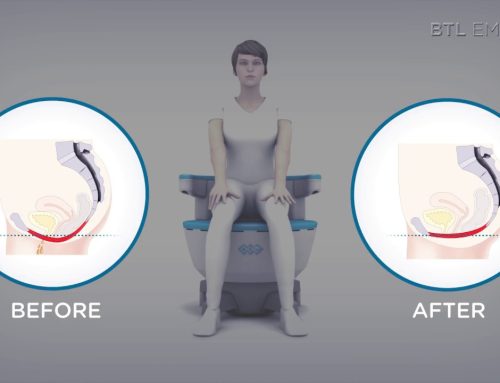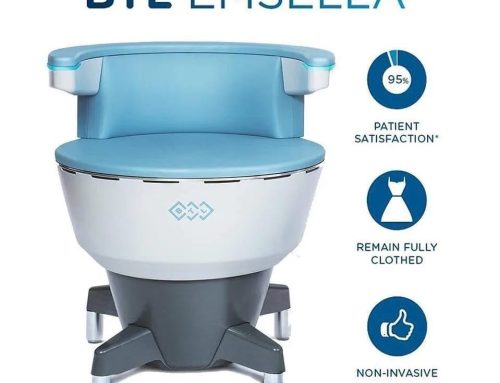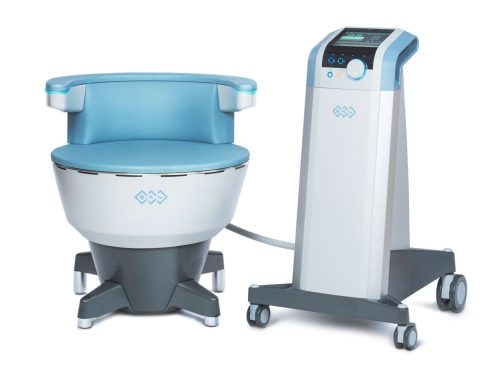Three children later, Charlotte, a 36-year-old patient of mine confided, “When I feel a big sneeze coming–I cross my legs really hard and pray and hope for the best!”
How many times do we hear stories of leaking pee when sneezing, jumping, coughing or rolling on the floor laughing at silly friends while drinking beer? Whether it’s a squirt, a splatter or a torrent, it is important to deal with this annoying and embarrassing problem with your doctor’s help and not just with incontinence pads or panty liners.
Statistics from the National Association for Continence show 1 in 4 women over the age of 18 experience episodes of urine leakage. A show of millions of women, feeling self-conscious, undesirable and offensive! Unfortunately, many women are reluctant to talk about these episodes and resign themselves to the possibility of peeing their pants whenever. Over time this problem can escalate from needing to wear a panty liner and fixating on the closest bathroom to always packing a change of clothes or underwear or constantly checking to see if the smell ammonia emanates. On average it takes a women 6.5 years to seek help for this problem.
Urinary incontinence (UI), an involuntary leakage of urine can have many causes. This might be a result of weak pelvic floor muscles, nerve damage or medications. Pelvic floor muscles play an important role in supporting pelvic organs and controlling continence. The most common causes in women are pregnancy, childbirth, menopause, and inevitable aging that can decondition pelvic floor muscles. Urinary incontinence factors can also include lifestyle habits such as obesity, heavy weightlifting and consuming dietary irritants. Pelvic floor muscles are the layer of muscles that support the pelvic organs and span the bottom of the pelvis. Strong pelvic muscles give you control over your bowel and your bladder. Weakened pelvic floor muscles mean your internal organs are not fully supported and you may have difficulty controlling the release of urine.
The good news is that there is a breakthrough treatment for incontinence– a boon to one’s confidence. This unbelievably unique technology revolutionizes both men and women’s intimate health and wellness with a completely non-invasive option. An innovative treatment for men and women of any age who desire a solution for urinary incontinence and improvement in their quality of life. Studies confirm 95% of patients report an improved quality of life.
This modality utilizes electromagnetic energy to deliver thousands of supramaximal pelvic floor muscle contractions in a single session. These contractions re-educate the muscles of incontinent patients.
In our program, we will tailor a treatment plan for you. A typical treatment takes about 30 minutes and about 6 sessions, scheduled twice a week. You will experience tingling and pelvic floor muscle contractions during the procedure. There is no pain and no down time and one may resume daily activities immediately after the treatment. You may observe improvement after a single session. The results will typically continue to improve over the next few weeks.
Having a strong pelvic floor is ideal for a lot of reasons. “Your pelvic floor works in tandem with the deep abdominal muscles, acting as an internal corset, which can help reduce low back pain, urinary and bowel incontinence and improve sexual function! Know that good coordination of this muscle group is also a great step towards flatter and stronger abs.”




